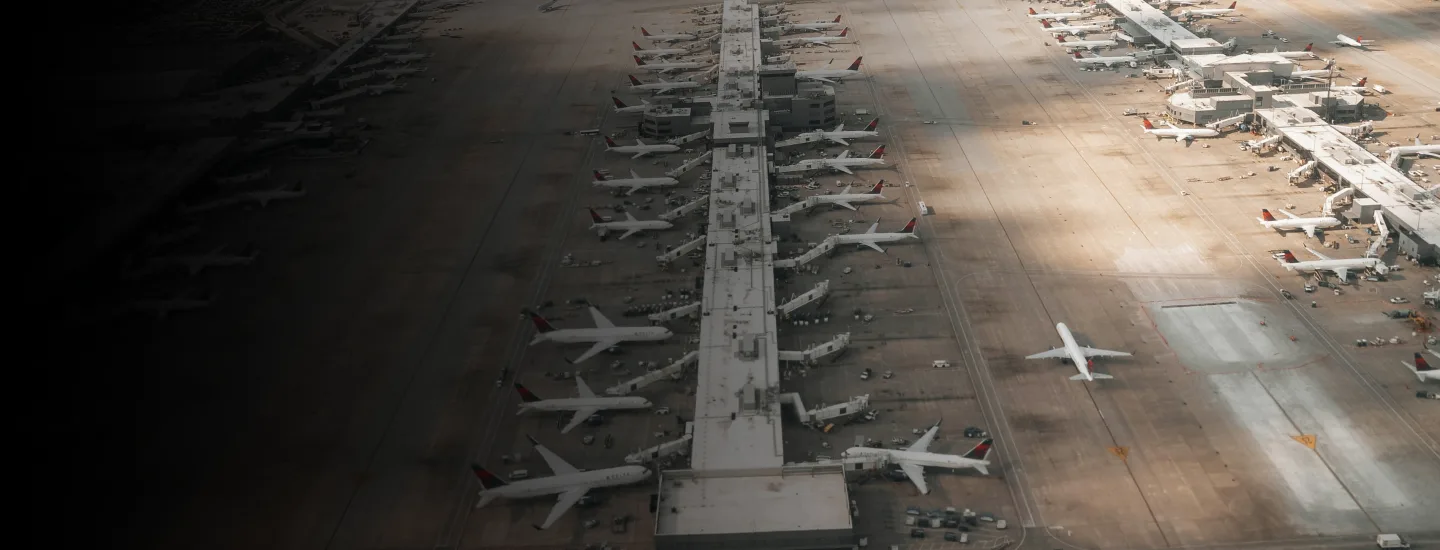
The AlixPartners A&D Minute
Sign up to receive quick, informative takes and other valuable insights on trending topics across the aerospace, defense, and aviation industry in our monthly email newsletter.
Subscribe to our newsletterOur Aerospace and Defense practice
Charting a course of sustainable growth requires a deep understanding of turbulence in the industry. Our teams bring an experienced and tactical skillset to help aerospace and defense companies navigate the disrupted landscape.
Learn more